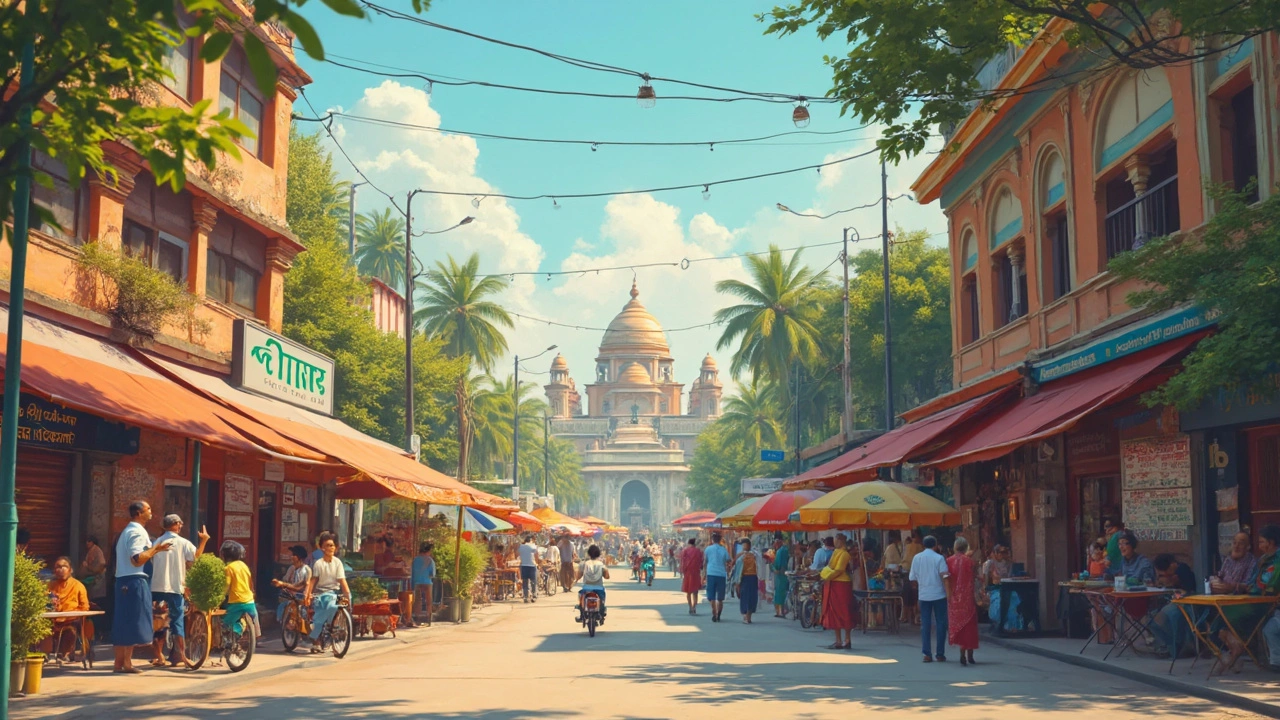SEARCH
Indian Cities – Quick Guides, Costs & Must‑See Spots
India isn’t just about temples and tea; its cities pack culture, flavor, and adventure into every street. Whether you’re hopping off a train in Delhi or catching a sunset over Kochi, you’ll want a plan that saves money and points you to the coolest spots. Below you’ll get the basics on how much to spend, where to stay, and what you simply can’t miss.
Budget Basics for Indian City Travel
First things first: set a daily budget that matches your style. A backpacker can squeeze in food, local transport, and entry fees for about ₹1,200–₹1,800 per day, while a mid‑range traveler should aim for ₹3,000–₹5,000. Flights between major hubs like Delhi and Mumbai often drop below ₹5,000 if you book a month in advance, so keep an eye on discount sites. For ground travel, use metro cards in Delhi or auto‑rickshaws in Bangalore – they’re cheap and avoid the taxi price shock.
Accommodation is the next big chunk. Hostels in Chennai or Pune start at ₹500, while boutique hotels in Jaipur hover around ₹2,500. If you’re traveling with a partner, a shared Airbnb in Kolkata can give you a local vibe for roughly ₹2,000 a night. Remember to check if the place offers free Wi‑Fi and breakfast – that can shave off extra meals from your budget.
Top Attractions You Can’t Miss
Each Indian city has a signature draw. In Delhi, the Red Fort and bustling Chandni Chowk are must‑visits; a quick street‑food tour there can cost as little as ₹150. Jaipur, the "Pink City," rewards you with the Amber Fort and a night market where you can try bikaneri bhujia for under ₹100. Mumbai’s Marine Drive and the historic Elephanta Caves give you seaside vibes and ancient rock art – a ferry ride is just ₹200.
If you’re after UNESCO heritage, don’t skip the forts of Mysore or the colonial gems of Kolkata. Both cities offer guided walks that cost around ₹800 and include a local historian’s anecdotes. For a romantic twist, Agra’s Taj Mahal is the classic city‑of‑love pick; book tickets online to avoid the long queue and save about ₹50.
While you’re in South India, hit up Kochi’s backwaters and the spice markets of Hyderabad. Both places blend history with flavour, and a boat ride or a biryani feast can fit comfortably into a ₹1,000 budget. Finally, if beaches are your vibe, the closest sand to Goa Airport is Bogmalo – a quick taxi ride lands you at a clean, quiet stretch perfect for a sunset selfie.
Whatever city you choose, the key is to blend the big sights with off‑beat neighborhoods. Wander the lanes of Old Delhi, sip chai in Pune’s Fergusson College area, or explore the art galleries of Ahmedabad. Those hidden corners often give the truest taste of India without blowing your wallet.
Ready to pack? Use the tips above to sketch a simple itinerary, lock in cheap transport, and grab a local SIM for easy navigation. Indian cities are waiting – each one a mix of history, food, and surprises you’ll remember long after you leave.

Nicest Places to Live in North India: Where Comfort Meets Culture
Choosing the best place to live in North India can be tricky with its mix of buzzing cities and peaceful mountain towns. This article dives into what makes each spot unique, from clean air to good food. Get insider tips on cost of living, safety, local attractions, and what daily life actually feels like in these places. Discover where families, solo workers, and digital nomads feel at home. Make your next move smarter with real info from locals.
Continue reading